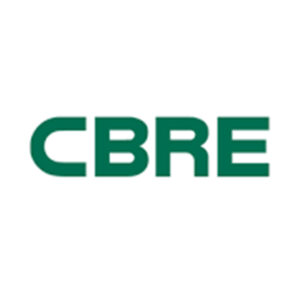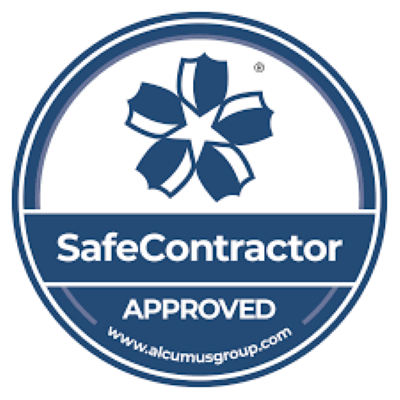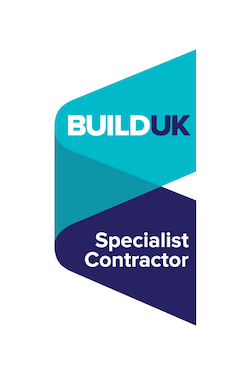Commercial Kitchen Legislations And Laws.
Running a commercial kitchen isn’t just about creating amazing food and incredible places to eat there are also legislations and insurance requirements that you need to adhere to.
As an employer it is your job to ensure you provide your staff with a safe working environment where risks are properly controlled – from up to date health and safety training to making sure your equipment is functioning correctly and complies with food and safety regulations.
Working in a commercial kitchen means that you produce large quantities of fumes, vapour and heat and all of these need to be safely removed from your kitchen environment to an external location – to do this your extraction systems have to be working effectively – if they aren’t doing their job properly bacteria can build up from greasy deposits which can pose health and safety risks as well as potential fire risks.
By law you must have your canopy hoods and extraction fans cleaned, serviced and certified at least once a year (depending on your level of usage), by not doing so, you will find your insurance policies will be violated and you will be left in a very tricky situation should any unexpected fire or health issue arise as a direct result of your negligence. Undertaking this general maintenance ensures your equipment works effectively and that your kitchen complies with food safety regulations.
Benefits to regular canopy hood cleaning?
- Keep appliances in good working order
- Frees excess grease and cooking smells.
- Requirement of some insurance policies
- Reduce risk of fire
- Maintains adequate air flow and ventilation in the kitchen
HSE effective kitchen ventilation states;
The objectives of an effective kitchen ventilation system are to:
- Remove cooking fumes at source, i.e at the appliance
- Remove excess hot air and bring in cool, clean air so the working environment is comfortable (inadequate ventilation can cause lethargy and heat stress contributing to unsafe systems of work and high staff turnover)
- Make sure that the air movement in the kitchen does not cause discomfort, eg from strong draughts
- Provide enough air for complete combustion at fired appliances and prevent the risk of carbon monoxide accumulating
- Be easy to clean, avoiding build-up of fat residues and blocked air inlets which lead to loss of efficiency and increased risk of fire
- Be quiet and vibration free. The ventilation system design needs to take account of the:
– Cooking load
– Amount of cooking equipment used
– Layout and shape of the kitchen
– Number of staff
– Need for easy cleaning and maintenance
Ventilation laws are just one small part of legislation in a commercial kitchen these days, other regulations and compliances include:
- PUWER A legal obligation of anyone running a commercial kitchen to maintain machinery properly, any service logbooks with the equipment, must be filled in.
- WEEE The Waste Electrical and Electronic Equipment Directive. It is a piece of EU legislation aimed at achieving a sustainable Europe through recycling electrical equipment.
- WRAS The Water Regulations Advisory Scheme is to ensure that water is not contaminated by fittings, equipment or products that are connected to the mains supply
- B&ES document DW172 (Building & Engineering Services Association Specification for: Kitchen Ventilation Systems) Second edition 2018.
- B&ES document DW144 (Ductwork Specification)
- British Standards document BS6173 (Ventilation of gas fired appliances)
- IGEM UP 19: Design and Application of Interlock Devices and Associated Systems Used with Gas Appliance Installations in Commercial Catering Establishments
- HSE Catering information sheet 10
- HSE Catering information sheet 23
- HSE Catering information sheet 26
- CIBSE document TM50 (Energy efficiency in commercial kitchens)
- Fat Oil & Grease (FOG) legislation
Over the coming weeks we will be delving deeper into the above commercial kitchen legislations.

























